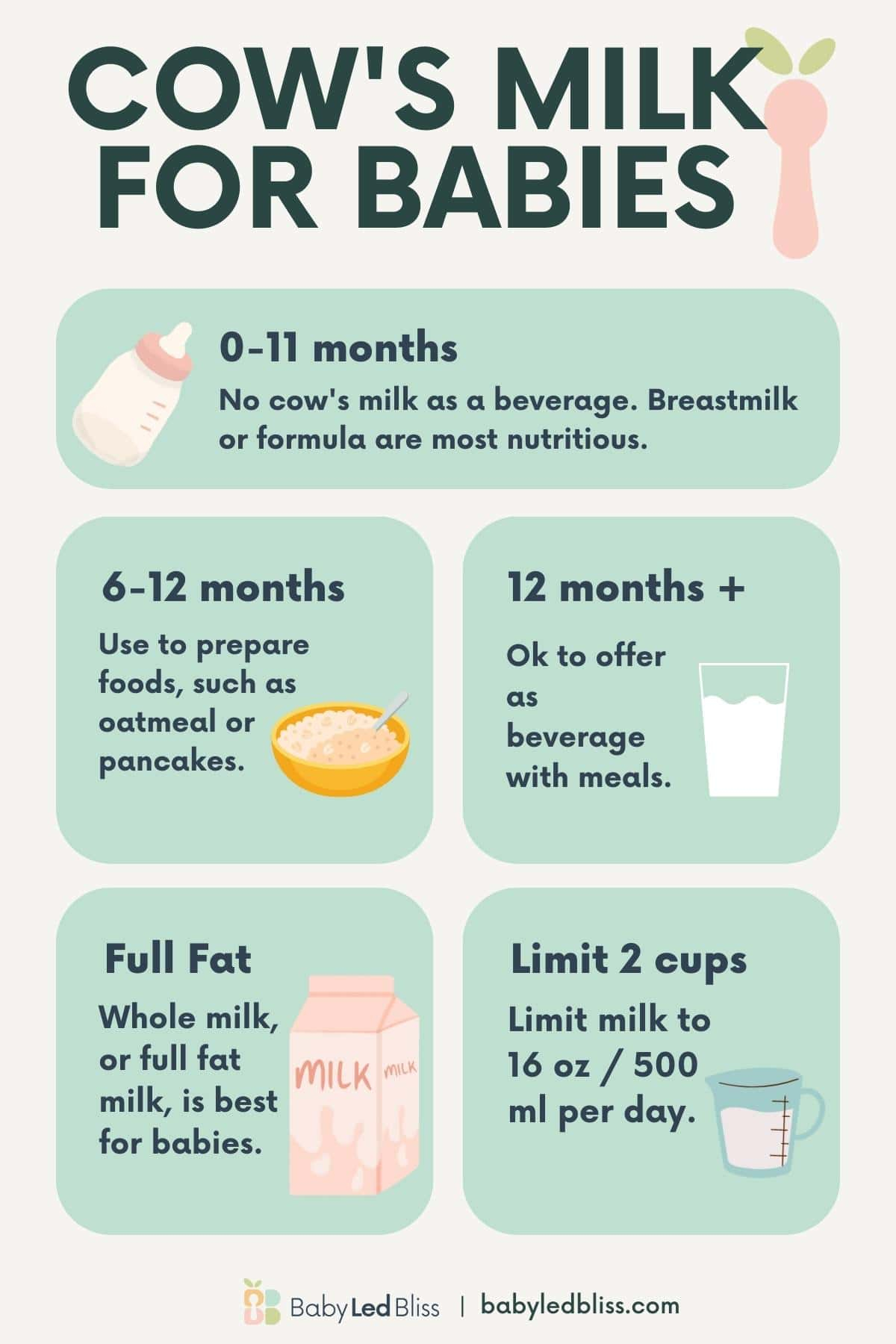How To Introduce Cow Milk To Baby
Introducing cow milk to your baby is an important milestone in their development. It can be a significant transition for both you and your little one, but with the right knowledge and approach, it can be a smooth and successful process. In this article, we will explore the best ways to introduce cow milk to your baby, ensuring their health and well-being every step of the way.
Knowledge
Before making the switch to cow milk, it’s essential to understand when it’s safe to do so. Pediatricians typically recommend waiting until your baby is at least 1 year old before introducing cow milk. This is because babies’ digestive systems are still developing, and cow milk can be harder for them to digest compared to breast milk or formula.
When the time is right to introduce cow milk, it’s important to do so gradually. Start by mixing a small amount of cow milk with your baby’s regular formula or breast milk. Slowly increase the ratio of cow milk to formula or breast milk over a period of a few weeks until your baby is drinking straight cow milk.
When selecting cow milk for your baby, opt for whole milk rather than reduced-fat or skim milk. Babies need the extra fat and calories in whole milk for healthy growth and development. Additionally, look for cow milk that is fortified with vitamin D, as this is essential for bone health.
Start by offering your baby small amounts of cow milk in a cup or bottle. Limit their intake to around 16-24 ounces per day, as too much cow milk can displace other important nutrients from their diet. It’s also a good idea to offer cow milk with meals or snacks to promote healthy eating habits.
As with any new food, it’s crucial to watch for signs of allergies when introducing cow milk to your baby. Common symptoms of a cow milk allergy include rash, hives, diarrhea, or vomiting. If you notice any of these signs, consult your pediatrician immediately.
Conclusion
Introducing cow milk to your baby is a significant step in their development. By following the gradual transition process, choosing the right milk, monitoring serving sizes, and observing for allergies, you can ensure a smooth and successful transition for your little one. This article is aimed at parents who are looking to make the switch from breast milk or formula to cow milk for their baby.
In conclusion, introducing cow milk to your baby requires careful consideration and attention to detail. By following the guidelines outlined in this article, you can make the transition as smooth as possible for your little one, ensuring their health and happiness along the way.






